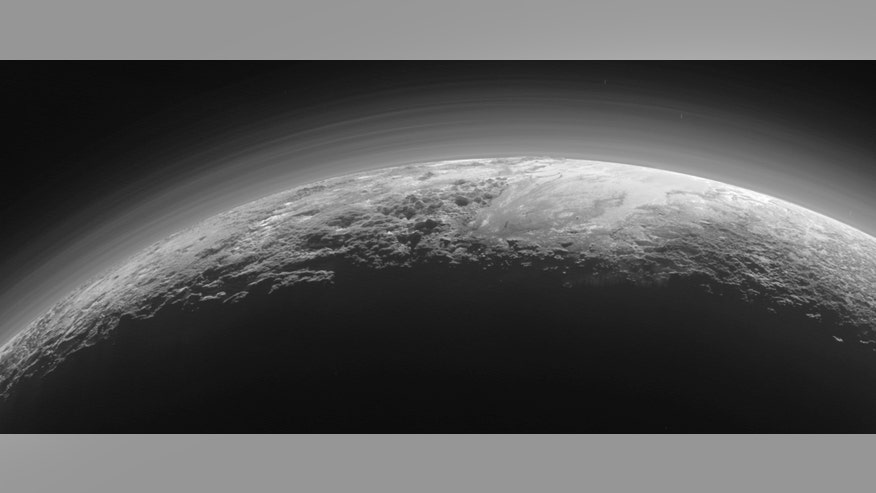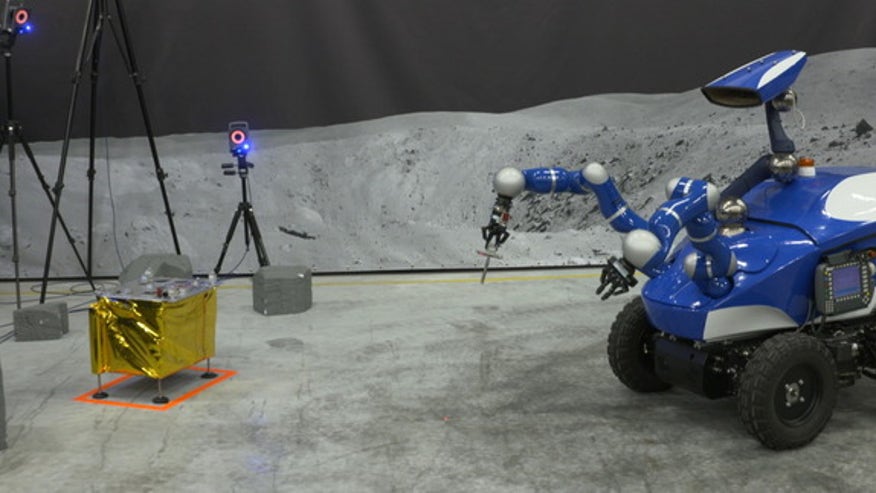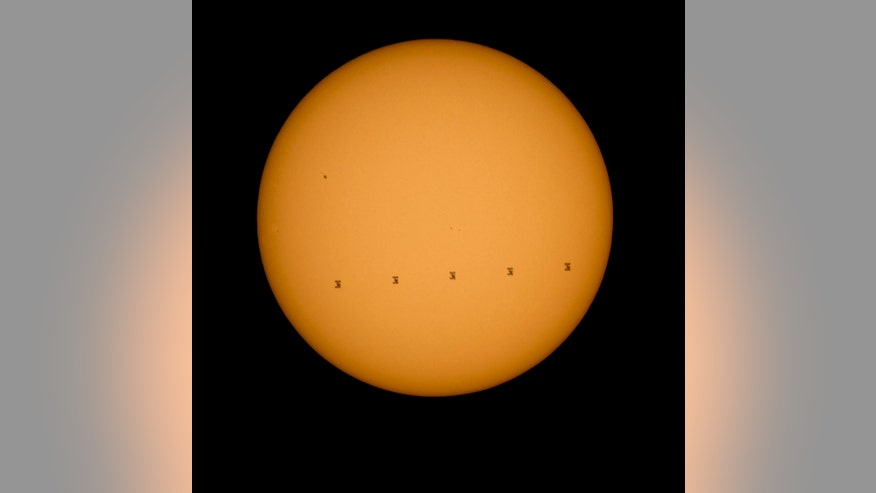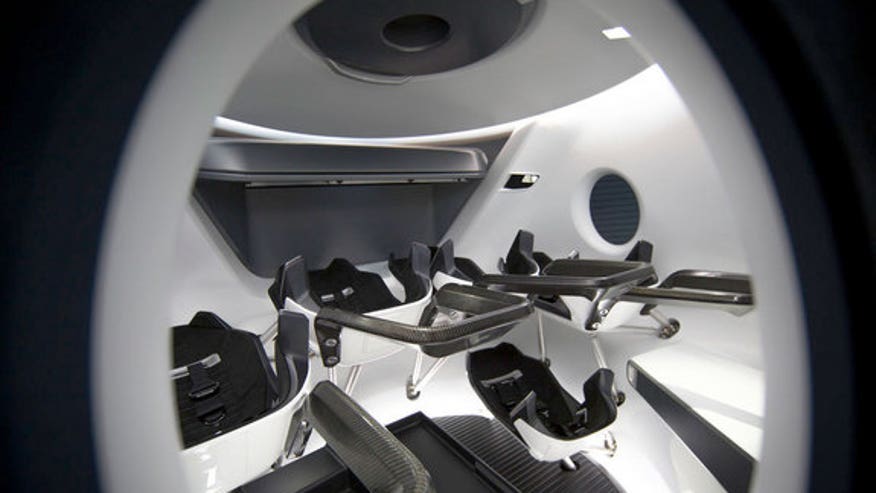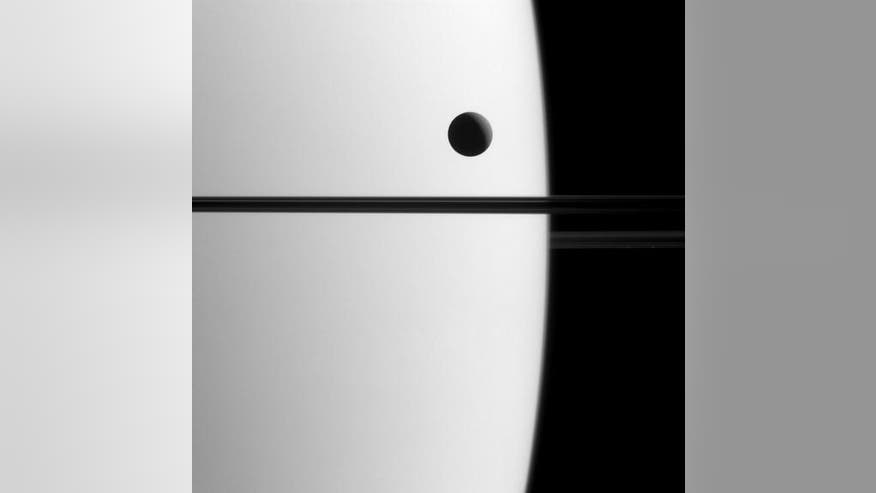NASA has released more stunning images from New Horizons’ historic flyby of Pluto, which show icy mountains, fog, and the dwarf planet’s landscape dramatically backlit by the sun.
The images, released Thursday, were taken on July 14 and downlinked to Earth on Sept. 13.
NASA released the first images from New Horizons’ Pluto flyby in July. The spacecraft began its yearlong download of new images and other data over the Labor Day weekend.
Thanks to favorable backlighting and high resolution, an image taken by New Horizons' Ralph/Multispectral Visual Imaging Camera (MVIC) also reveals new details of hazes throughout Pluto’s nitrogen atmosphere. The image shows more than a dozen thin haze layers extending from near the ground to at least 60 miles above the dwarf planet's surface, according to NASA.
"In addition to being visually stunning, these low-lying hazes hint at the weather changing from day to day on Pluto, just like it does here on Earth," said Will Grundy, lead of the New Horizons Composition team from Lowell Observatory, Flagstaff, Ariz., in a statement released by NASA.
Earlier this month NASA released images showing Pluto's stunning range of surface features, from heavily cratered terrain to icy plains.
Launched in 2006, New Horizons passed by Jupiter in 2007 on its journey to Pluto. The fastest spacecraft ever, the probe traveled at 30,000 mph on its epic trip.



